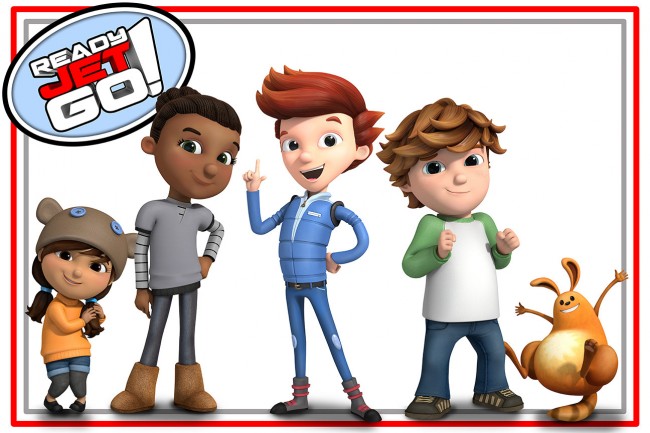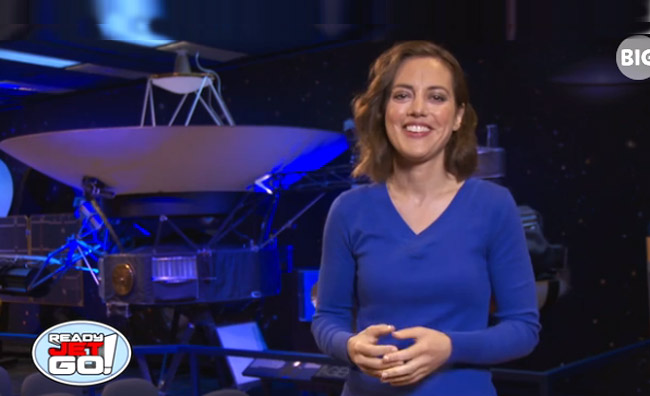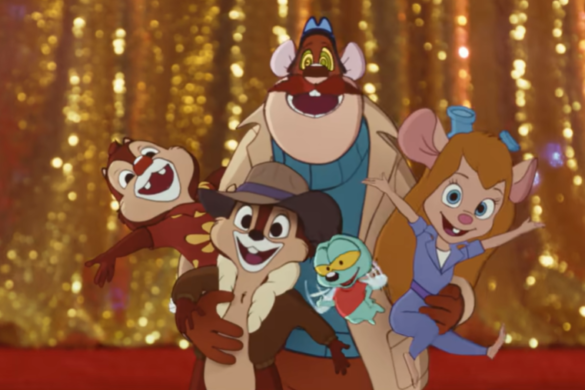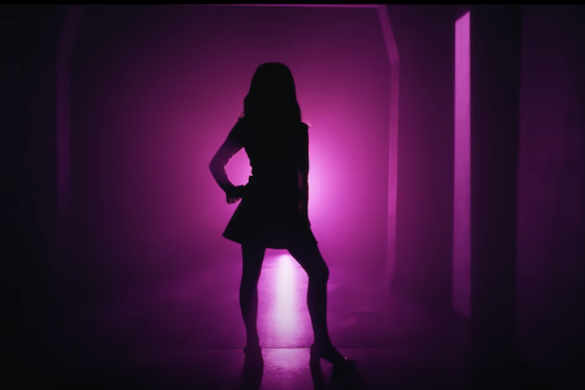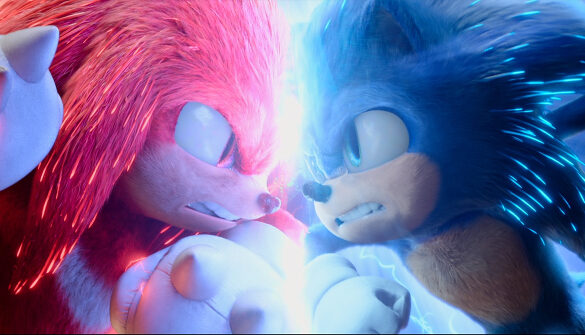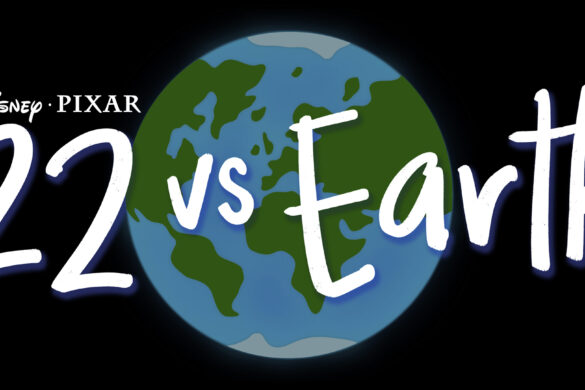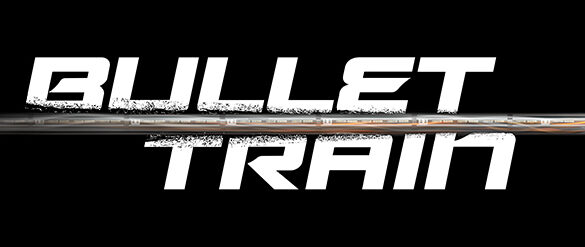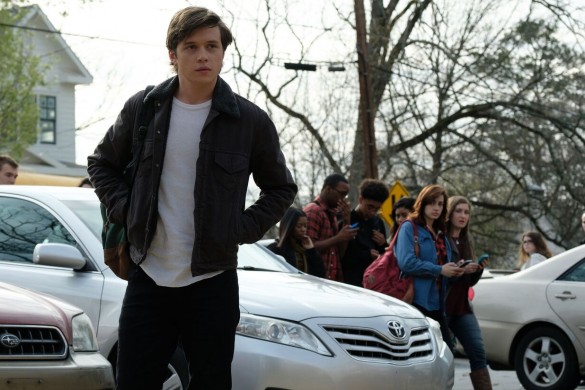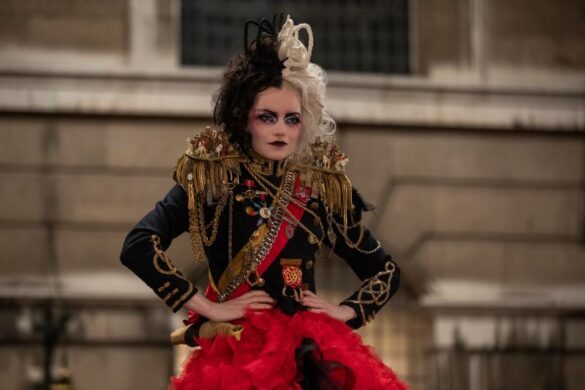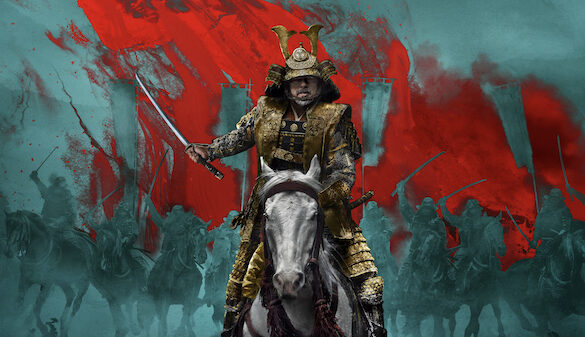xpose your kids to real world super stars! Amy Mainzer, an amazing American astronomer, who works at NA SA’s Jet Propulsion Laboratory, is the science consultant and host for a brand new PBS Kids series debuting February 15 called Ready Jet Go! Passion and excitement for space can begin early for kids, especially when its delivered as fun and supported by grown ups. I think that Amy’s down to earth style, deep academic knowledge and ability to make huge, complex ideas click for audiences of all ages will make this show a success.

As an astronomer, she specializes in astrophysical instrumentation and infrared astronomy. Among the many hats she wears, Amy serves as the Deputy Project Scientist for the Wide-field Infrared Survey Explorer and the Principal Investigator for the NEOWISE project to study minor planets and the proposed Near Earth Object Camera space telescope mission.
Amy is not new to television audiences, as she has appeared a number of times in the History Channel series The Universe. She also appears in the documentary featurette “Stellar Cartography: On Earth” included on the Star Trek Generations home video release (March 2010).
My daughter Teagan and I caught up with Amy during a tour of Jet Propulsion Laboratory. Teagan had some difficult questions for Amy who did a fabulous job answering them. Thank you to Amy for spending time with us!
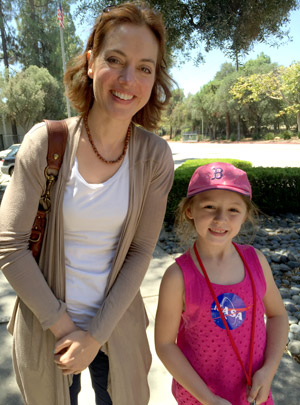
What do you have to do to become a scientist?
To be a scientist, it helps to study math and science in school before you get to college. Once you decide what kind of science you want to do (like biology, or studying lasers, or rocks), then you take classes in that particular subject in college. After that, most scientists go to graduate school, which helps them learn to solve problems and do research. But a lot people don’t realize that scientists do lots of reading and writing! We read other scientists’ research papers, we write our own too, and we are constantly telling people about what we are learning. So taking English and doing creative writing are super important too.
Did you like science as a kid? How old were you when you became a scientist?
Yes, I liked science starting when I was about 6 or 7. My family was always interested in nature, and that made me curious about it too – we liked to learn about birds and plants and rocks together. It was really fun! In every bird, plant, or rock, there’s a great story waiting to be learned – it’s like watching a really interesting movie or reading a great book. Now, as a professional scientist, it’s my job to learn things about nature. Every day is different from the next, and there’s always something wonderful to learn about the universe and the world around us. Plus, I like that I can use that knowledge to help people.
Have you ever made a potion?
While I wouldn’t say that I’ve made a potion, like you see in a movie about witches and wizards, but I have done a lot of fun lab work! Sometimes I have to use liquid helium, which is super-super-super mind-bogglingly cold. It’s helium (like the helium in floating balloons) that’s been cooled down so cold that it will freeze pretty much anything it touches, so you have to be really careful using it. It will even freeze air itself, and sometimes it can even crawl up the walls of the container it’s in! It’s strange stuff.
What is your favorite planet and why.
My favorite planet is without question Earth. Right now my own research focuses on asteroids, which are small airless rocky bodies that orbit our Sun. When you spend a lot of time studying space, you realize that most of it is full of airless asteroids, scorching hot stars, and planets filled with poison gas. Compared to these, the lush green Earth with our oceans and sunsets and endless variety of animals and insects looks totally amazing. Earth is the best planet of all.
>Why is Pluto no longer a planet?
Pluto is no longer called a planet because astronomers realized that it is quite different from the other planets in our solar system. For one thing, it’s a lot smaller than the other planets, even tiny Mercury. It also seems to have formed in a very different place and way than they did. It has kind of an oddball orbit that isn’t very round, and it’s so small that it can’t really push around asteroids and comets like the other planets can. But the final straw was when astronomers found that there are other bodies out in space far from the Sun that are about the same size as Pluto. That means that Pluto and these other objects like it deserve to be in their own special class, which we call dwarf planets. They are unique.
Would you want to travel into space?
In a way, I feel like I already do! The robots I send into space see things for me – the telescopes and cameras that I’ve worked on feel kind of like a part of me. They are my eyes and ears, seeing things and going places that my human body could not handle. I’ve been lucky enough to work on a couple of space telescopes, and they deliver amazing, beautiful images every day. The best part is that I can see all of them from my couch! It’s weird and wonderful to be able to see new images of the universe that no one has ever seen before, beamed back home from so far away. Every time I log in to the computer, it’s like going on a voyage to the stars.
What kinds of experiments will you be doing on Ready Jet Go!?
I love doing experiments! In fact, just this evening I was making a device that will let you “see” sound waves. And for fun, I’ve been seeing what happens when I try freezing different things I have around the house, like saltwater, salad dressing, and window cleaner. The best part about working on Ready Jet Go! is that trying new science experiments is ridiculously fun (even if it makes a bit of a mess sometimes).
And who is your favorite character on Ready Jet Go! and why.
That’s a toughie. Each of the three older kids represents an important part of the scientific process: Sydney represents vision, leadership, and imagination; Sean represents patience and methodical work; Jet brings ingenuity and determination. But Mindy is probably the character I identify with the most, because as the youngest, she’s always in a new place trying to figure out what’s going on, and that’s kind of what being a scientist is like. It’s pretty typical to try things and not be sure if they’re going to work; that’s how we learn. Basically, being a scientist has a lot in common with being a kid!
